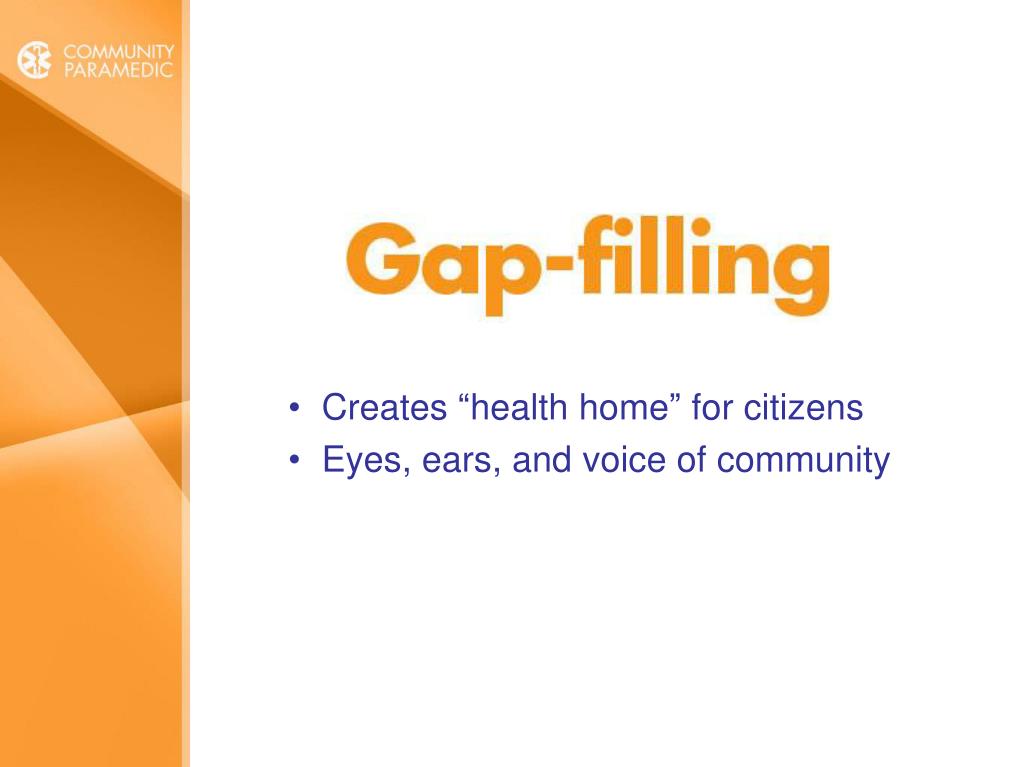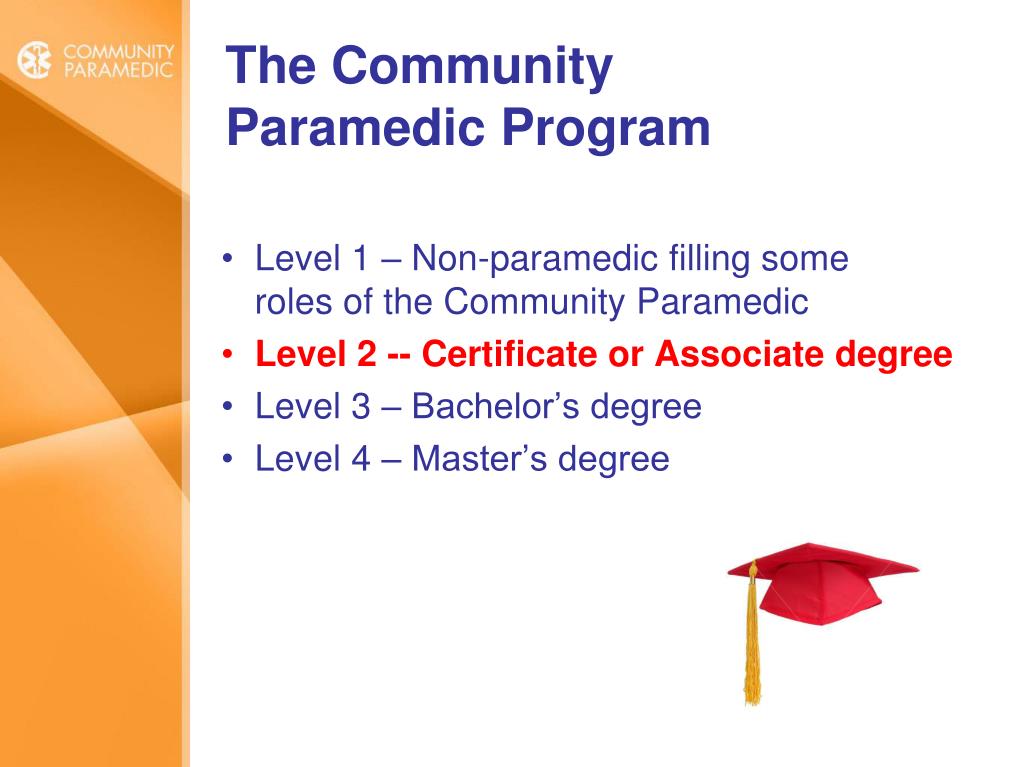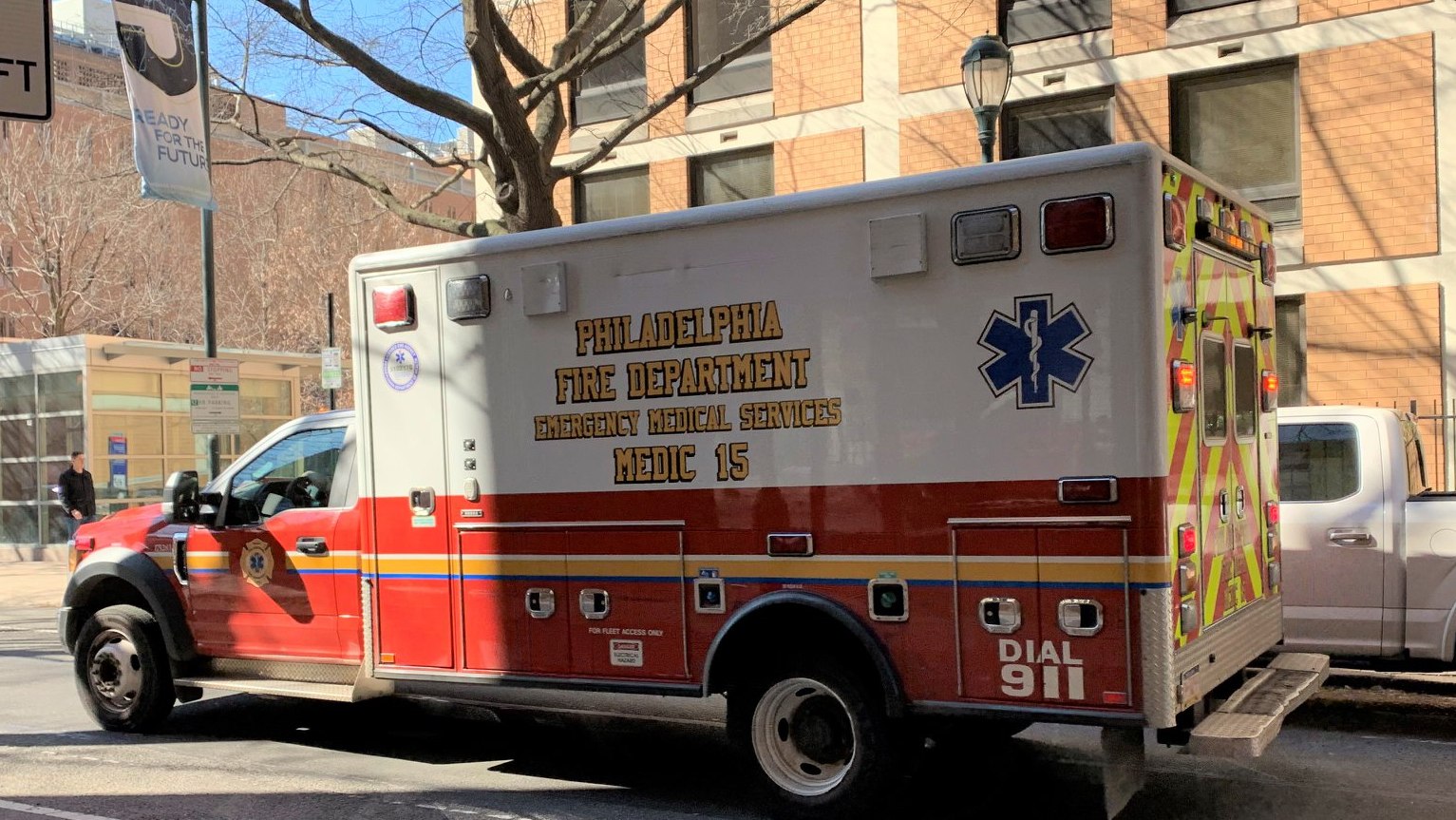Information about 2021 EMT course dates will be posted when it’s received.
Emergency Medical Technician (EMT) – Initial Certification
New Jersey Office of Emergency Medical Services - Start here for background data on New Jersey OEMS. All New Jersey education and certification details. Applicants for EMT-B licensure in New Jersey will be required to pass the 120 hour DOT course curriculum and then The National Registry of EMT's practical examination and computer based exam. In 2012 the State of New Jersey made changes to the EMT program including the refresher programs. The old Core 13 has now been replaced with three separate Core Refresher programs, Core Refresher A-Airway, Core Refresher B-Medical, and Core Refresher C-Trauma.
This course is designed to instruct a student to the level of EMT-Basic, who serves as a vital link in the chain of the health care team. It is recognized that the majority of prehospital emergency medical care will be provided by the EMT-Basic. This course includes all skills necessary for the individual to provide emergency medical care at a basic life support level with an ambulance service or other specialized service. One day of CPR has been incorporated into each EMT-Basic class for students that are unable to get CPR prior to the start of class.
This is a rigorous program of classroom instruction, practical skills, evaluations, and homework assignments. The student must also complete 10 hours of clinical skills in a hospital emergency room. In order to successfully complete this course and in order to take the NJ State Certifying Examination, the student must obtain a grade of 70% on all tests. All absences must be made-up prior to taking the state exam.

Please check Atlantic Training Center’s website for EMT Initial Certification course schedules and dates as schedules and dates may change. Click on “Education” for course schedule changes.
- New Jersey is home to over 2,000 licensed hospitals, nursing homes, and medical care facilities. The New Jersey Department of Health works to ensure that citizens receive appropriate levels of care in every regulated facility.
- The EMS and paramedic program at our No. 1 school features coursework at all levels of prehospital emergency care, including EMR, EMT, paramedic and advanced EMT (AEMT). The EMT program at Barton County Community College requires 12 credit hours to complete and may be available to in-state high school students if they meet admission requirements.
- Emergency Medical Technicians perform interventions with the basic equipment typically found on an ambulance. The Emergency Medical Technician is a link from the scene to the emergency health care system. In New Jersey, an Emergency Medical Technician (EMT.
EMS Safety in the Streets
The course increases the practitioner’s awareness and understanding of EMS safety standards and practices and develops their ability to effectively implement them. EMS Safety is the first national and most comprehensive education program of its kind that teaches techniques on how to best achieve safety on the job.
The curriculum covers crew resource management, emergency vehicle safety, responsibilities in scene operations, patient handling, patient practitioner and bystander safety, and personal health. It offers an overview of current issues surrounding safety in EMS, presents and discusses case studies, builds risk assessment and decision-making skills and provides an opportunity for participants to relate their own experiences with EMS safety issues.
All courses 8:00 a.m. – 5:00 p.m.
Registration for this course is through Atlantic Training Center
Telephone – (908) 522-2323 (Listen to Prompts)
Core Refresher
24.0 Core Continuing Education Credits
This course is designed to represent the core refresher knowledge and skills required for the EMT/EMT-B to recertify in NJ.
In 2012 the State of New Jersey made changes to the EMT program including the refresher programs. The old Core 13 has now been replaced with three separate Core Refresher programs, Core Refresher A-Airway, Core Refresher B-Medical, and Core Refresher C-Trauma.
Introducing 'Easy Blogging Success.' Inside this report you will learn how to start and launch your own successful blog. What's more, I've tried to make blogging as simple and straightforward as possible. Easy Blogging Success eBook: If you regularly read blogs yourself then you’ll already begin to understand why blogging is such a powerful tool from a business perspective. A good blog will get readers coming. Easy Blogging Success (MRR) Master Resell Rights Master resell rights is a license that gives you the permission to pass on resell rights to your customers. If you download a product with master resell. Easy blogging site. Jon's blog, Boost Blog Traffic, is a powerhouse in the blogging niche. It covers all the tools and skills a blogger needs to become a success in the least amount of time possible. It covers all the tools and skills a blogger needs to become a success.
The courses may be taken in any order and need to be completed prior to your expiration date along with your 24 elective CEU’s to recertify. If you are an expired EMT and would like to reactivate your certification or a RN looking to obtain your EMT certification, you must complete all three Core Refreshers and challenge the state EMT exam.
This program includes classroom instruction, and practical skills. In order to successfully complete this course, the student must attend all sessions, plus obtain a score of at least 70% on the final evaluation, and successfully pass the skills station.
International Training Life Support
16.0 Continuing Education Credits
ITLS is accepted internationally as the standard training course for pre-hospital trauma care. It is used as a state-of-the-art continuing education course – and as an essential curriculum in many paramedic, EMT and first responder training programs. ITLS courses combine classroom learning and hand-on skill stations. Scenario assessment stations enable you to put your learning to work in simulated trauma situations. ITLS courses are designed, managed and delivered by course directors, coordinators and instructors experienced in EMS, pre-hospital care and the ITLS approach.
All courses 8:00 a.m. to 5:00 p.m.
Registration for this course is through Atlantic Training Center
Telephone – (908) 522-2323 (Listen to Prompts)
Prehospital Trauma Life Support – PHTLS
16.0 Continuing Education Credits
This two day course is designed to provide the practicing prehospital provider with a specific body of knowledge related to the prehospital assessment and care of the trauma patient. It is stressed that this is a continuing education program and contains information that may be of a review nature for some or all participants. The uniqueness of this program rests not with an entirely new body of knowledge, but instead with advances in prehospital trauma intervention techniques along with new combinations and applications of existing skills and knowledge.
This is a demanding program of classroom instruction and practical skills. Students will be expected to go outdoors. In order to successfully complete this course, the student must obtain a score of 75% or better on the final examination.
Conducted by the National Association of EMT’s and Atlantic Ambulance Training Center.
All courses 8:00 a.m. to 5:00 p.m.
Registration for this course is through Atlantic Training Center
Telephone – (908) 522-2323 (Listen to Prompts)
GEMS (Geriatric Emergency Medical Services)
GEMS provides EMS practitioners at all levels with skill and knowledge to address the unique medical social, environmental and communications challenges of older adults. Developed by NAEMT, in partnership with the American Geriatrics Society, GEMS empowers EMS practitioners to help improve medical outcomes and quality of life for geriatric patients.
All courses 8:00 a.m. – 5:00 p.m.
All Hazards Disaster Response (AHDR)
The All Hazards Disaster Response (AHDR) course teaches students how to respond to the many types of disaster scenarios they may encounter, including natural disasters and infrastructure failings, fires and radiological events, pandemics, active shooter incidents and other mass casualty events. AHDR educates participant on how to analyze potential threats in their area, assess available resources and create a response plan that will save lives.
All courses 8:00 a.m. – 5:00 p.m.
Discover schools in your local area that offer EMT or Paramedic training classes.
Get prepared for the NREMT examination with study guides and test questions.
Learn how much EMT-Paramedic’s in your city earn annually .
Congratulations on your decision to pursue a paramedic education. With employment of paramedics expected to rise 33% from 2010 to 2020, the future has never been brighter for those interested in Emergency Medical Services.
To begin, please select your state in our interactive table to view a list of accredited and non-accredited paramedic programs in your area. You’ll also be able to find information on state specific paramedic training requirements, paramedic school listings, details on EMT and paramedic salary figures, and even search for EMS jobs in your local area.
Need even more information? Then be sure to visit our blog page, where you can find in-depth articles pertaining to EMT, paramedic, firefighter and even nursing career information, as well as news and opinion related to the health care industry.
Paramedic Training Programs

| Photos | States | Accredited (Yes or No) |
|---|---|---|
| Alabama | Yes | |
| Alaska | Yes | |
| Arizona | Yes | |
| Arkansas | Yes | |
| California | Yes | |
| Colorado | Yes | |
| Connecticut | Yes | |
| Delaware | Yes | |
| Florida | Yes | |
| Georgia | Yes | |
| Hawaii | Yes | |
| Idaho | Yes | |
| Illinois | Yes | |
| Indiana | Yes | |
| Iowa | Yes | |
| Kansas | Yes | |
| Kentucky | Yes | |
| Louisiana | Yes | |
| Maine | Yes | |
| Maryland | Yes | |
| Massachusetts | Yes | |
| Michigan | Yes | |
| Minnesota | Yes | |
| Mississippi | Yes | |
| Missouri | Yes | |
| Montana | Yes | |
| Nebraska | Yes | |
| Nevada | Yes | |
| New Hampshire | Yes | |
| New Jersey | Yes | |
| New Mexico | Yes | |
| New York | Yes | |
| North Carolina | Yes | |
| North Dakota | Yes | |
| Ohio | Yes | |
| Oklahoma | Yes | |
| Oregon | Yes | |
| Pennsylvania | Yes | |
| Rhode Island | No | |
| South Carolina | Yes | |
| South Dakota | Yes | |
| Tennessee | Yes | |
| Texas | Yes | |
| Utah | Yes | |
| Vermont | No | |
| Virginia | Yes | |
| Washington | Yes | |
| West Virginia | Yes | |
| Wisconsin | Yes | |
| Wyoming | Yes |
A paramedic is a certified emergency medical technician who helps care for sick or injured people. The specific job roles for a paramedic varies somewhat from state to state, and from employer to employer, but follows some basic patterns.
Paramedics are usually the highest level of certified medical technician in a given area, and are permitted to perform their paramedic duties by a licensed physician. In general, a Paramedic works under the license of a physician who is board-certified in Emergency Medicine and works in a hospital emergency department. The skills, procedures, and medications a paramedic uses are specific to each state and sometimes specific regions within the state, and sometimes even to specific hospitals within a given region. Most paramedics can expect to perform the following skills:
Paramedic Assessment
Subjective assessment, which is the story that the patient (or a patient’s family member, or even just someone nearby who witnessed what happened) tells. This includes such things as the patient’s chief complaint (that is, the thing the patient is most concerned about), the progression of that complaint, including when and how it started, how long it lasted, how severe it is or was, and whether or not there were other symptoms associated with that complaint. This part of the assessment also includes the medications the patient takes (both prescription and not), the patient’s past medical history, and any medical allergies from which the patient may suffer.
Physical examination, including either a focused exam, limited to the part of the body about which the patient is complaining, such as the abdomen; or a complete physical examination from head to toe. This is usually done when a patient is not able to tell the paramedic what is wrong, such as a patient who is unconscious or does not speak a language the paramedic understands, or when the patient has been involved in a serious trauma, or when the paramedic suspects that there may be more going on than what the patient is complaining about.
Vital signs assessment, including a variety of vital signs but almost always at least the patient’s pulse, blood pressure, respiratory rate and effort, blood sugar, and heart rhythm using an electrocardiogram, or EKG (sometimes called an ECG) machine. Other vital signs a paramedic may assess include a patient’s body temperature, lung sounds, neurological state (testing to ensure a patient can still feel and move their extremities appropriately), pupil size and response to light, skin color and condition, and other signs as appropriate or required.


Paramedic Responsibilities
Based on the assessment, the paramedic may begin treating the patient’s complaint, or may begin transporting the patient to a nearby emergency department (some EMS systems may allow for transport to other kinds of facilities, such as Urgent Care or specialty resources centers, such as a free-standing cardiac catheterization laboratory or other facilities). The decision to treat a patient where they are found, or to begin transporting them and then begin treatment, depends on the paramedic’s assessment of the true nature of the patient’s complaint, how severe it is, and whether delaying the treatment will be more detrimental to the patient than delaying the transport.
Certain kinds of medical treatments are important enough to delay transporting a patient in order to perform them, such as using a long spine board on a trauma patient who may have spinal injuries, or giving intravenous dextrose to a patient who has an extremely low blood sugar. Other medical conditions cannot be effectively treated by a paramedic in the field (that is, in the patient’s home or wherever in the general area a patient was found), and can only be effectively treated inside the emergency department.
Conditions such a stroke, or conditions requiring surgical intervention to properly manage, are things that will usually prompt a paramedic to package the patient (that is, move them onto the stretcher or gurney and secure them with seat belts or other safety devices) and begin transporting them immediately.
![]() INTENSIVE ENGLISH 1. Home RESOURCES Units of Study Transition Fahrenheit 451, Ray Bradbury. Audiobook File 1 File 2 File 3 File 4 Audiobook Sparknotes Course Hero Plot Summary (video) Discussion Questions (check your understanding) Context Video Article 'Why Fahrenheit 451 is the Book of Our Social Media Age' Ramin Bahrani NYTimes 5/10/18. Intensive English 1: Home Unit Resources Additional Support Homework Resources. Powered by Create your own unique website with customizable templates.
INTENSIVE ENGLISH 1. Home RESOURCES Units of Study Transition Fahrenheit 451, Ray Bradbury. Audiobook File 1 File 2 File 3 File 4 Audiobook Sparknotes Course Hero Plot Summary (video) Discussion Questions (check your understanding) Context Video Article 'Why Fahrenheit 451 is the Book of Our Social Media Age' Ramin Bahrani NYTimes 5/10/18. Intensive English 1: Home Unit Resources Additional Support Homework Resources. Powered by Create your own unique website with customizable templates.
Paramedic Services
This is the process of moving the patient from the place where the paramedic found them, such as in their home’s living room or along the side of a roadway, to the emergency department or other destination. Transporting a patient usually includes three basic stages: packaging the patient, driving to the destination, and continuing assessment and treatment during the transport.
New Jersey Paramedic Programs
As noted, packaging a patient is the process of moving a patient from the place they are found, whether it be the recliner in their living room or the dirt shoulder of a highway, onto the stretcher or gurney and then into the patient compartment of the ambulance. It includes any action the paramedic and the crew may need to take to properly secure the patient, including: strapping them onto a long spine board in order to protect a possibly injured spine; lifting them or assisting them in standing and walking to the gurney if necessary; securing the stretcher’s seat belts or other safety restraints; covering the patient with blankets or sheets in an effort to either keep them warm, or protect their modesty.
Download Paramedic Training Programs New Jersey Free Online
Once the patient is packaged, the stretcher is then loaded into the patient compartment of the ambulance, secured into place, and then one of the crew will drive (or fly, in the case of an air ambulance such as a helicopter) the vehicle to the appropriate destination facility. For a ground ambulance, the decision must also be made whether to transport the patient in normal traffic mode, driving in traffic as any other vehicle would drive, or to transport emergency traffic.
Download Paramedic Training Programs New Jersey Free Full
Emergency traffic refers to the emergency beacons and sirens of the ambulance being activated, which permits the operator of the ambulance to do things such as drive faster than the posted speed limit, and (when safe to do so) to ignore stop signs and stoplights. During the transport, the paramedic will continue to evaluate and assess the patient, perform interventions as needed, and assess the effect of the interventions.
